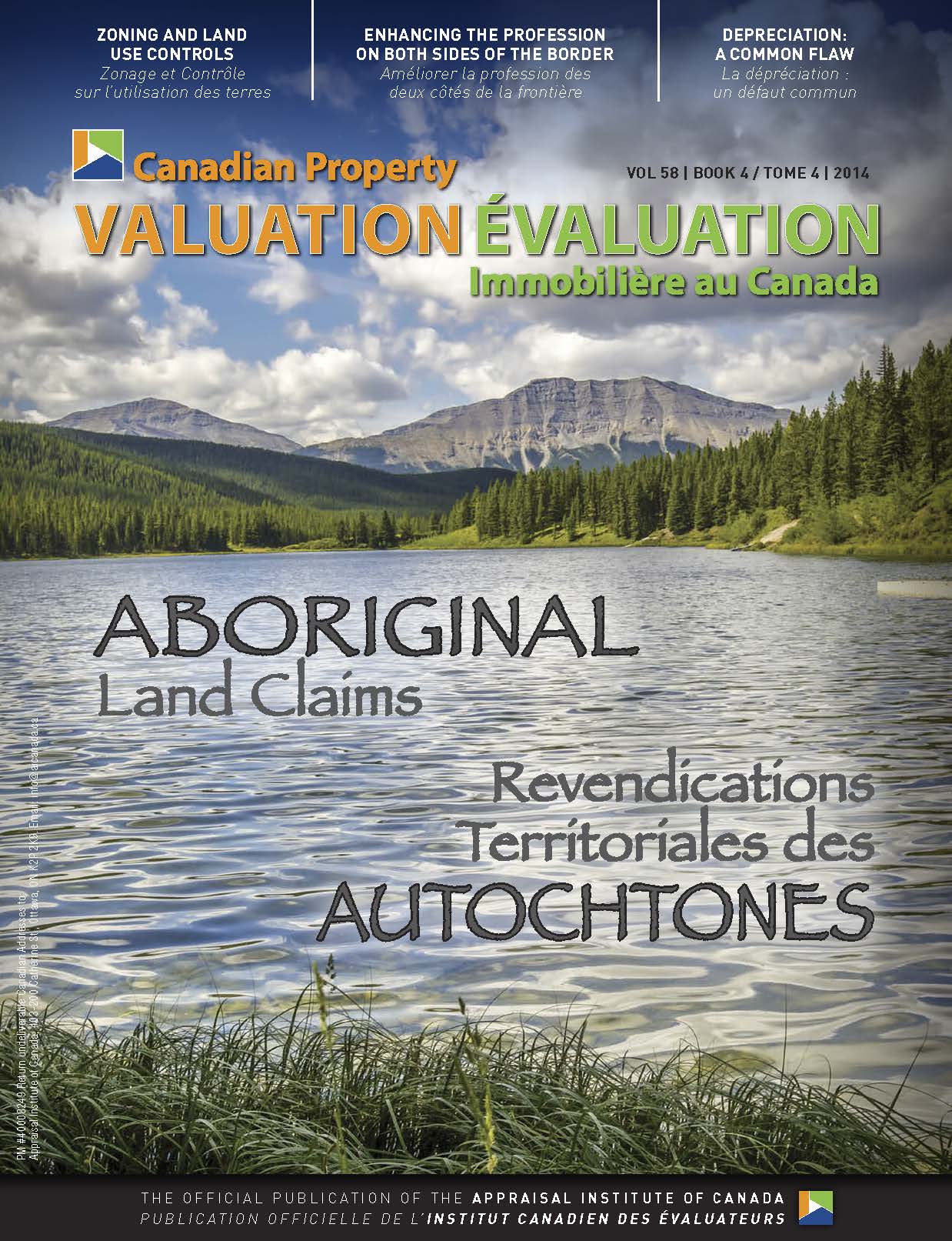Depreciation: a common flaw
Canadian Property Valuation Magazine
Search the Library Online
By Iain Hyslop, AACI, P.App
Peer Reviewer, Peer Review Sub-Committee
Conducting peer review assignments provides a unique perspective whereby the reviewer has the opportunity to read a wide and often interesting range of appraisal reports. The quality of these reports varies from good and well written to less stellar, but many share a common weakness in the explanation and application of depreciation when a cost approach is used.
In the more common appraisal assignments, such as residential or those involving conventional buildings not requiring complex analysis, the application of a properly considered and supported depreciation factor can make the difference between a complete report and one which leaves the reader questioning the value. In some valuations, depreciation can be a critical aspect requiring thorough discussion and explanation.
Appraisal texts and programs include plenty of discussion on the topic of depreciation, but in practice, only a minority of properties require a detailed depreciation analysis. In many situations, the study of all depreciation aspects is beyond the scope of a basic valuation, particularly in residential work. However, unwelcome surprises can result when shortcutting becomes routine. Therefore, it pays to occasionally dust off the textbooks and spend half an hour reviewing depreciation types and methodology.
The reminder is that depreciation comes in three forms: physical, functional and external. Physical depreciation is the most common situation in daily appraisal work and use of the age/life calculation is the most practical methodology. It is well understood, rational and the easiest to explain. Within this method, there are the subcategories of curable, incurable, short-life and long-life items.
A common misapplication of depreciation seen in the review of residential form reports is the use of a seemingly random percentage with no support or rationale. Typically, this will be the application of a depreciation number completely inconsistent with a basic age/life calculation, and usually with no supporting discussion. For example, a 40% depreciation rate is applied, but with the effective age estimated at 25 years and a remaining economic life of 60 years. Given that the total economic life would then be 85 years, the age/life calculation would be 29% (25/85 = 29%).
Although, in principle, an analysis of physical depreciation would require a thorough study of short-life items for example furnace, roof cover, built-in appliances, etc., and long-life items such as structure and foundation, it is accepted that, in basic practice, the age/life method can cover most physical depreciation in a conventional, standard dwelling. This is not to say that it is a one size fits all method and it comes with a warning to avoid complacency in its use. For instance, there can be many situations in which a particular area of physical deprecation is observed that requires a greater focus and perhaps a cost to cure estimate.
Often, functional and external depreciation can require more detailed supporting information. In the event that functional or external depreciation is present, it may be easy to simply apply some judgement, but the reminder again is that everything pertaining to the depreciation estimate must be supported. The Canadian Uniform Standards of Professional Appraisal Practice (CUSPAP), section 7.17.3, is the relevant reference in this regard.
For purposes of estimating depreciation, the analysis of data may be illusive and initially appear complex, but it can also be surprisingly simple. For instance, useful data can be obtained from the analysis of improved sales in which land values are known or can be satisfactorily estimated. From this, the ‘residual’ value applicable to the structures and improvements can then be used as a measure of depreciation as determined by the market, particularly when actual age, effective age and replacement costs are known.
External depreciation can sometimes be connected with remaining economic life. For instance, in the situation of a well-maintained dwelling that is located in a transitional area where higher density redevelopment is occurring, its remaining economic life could be limited to only a few years, despite its apparent good condition. In this circumstance, sales of properties with similar locational characteristics can yield sound data for estimating the extent of depreciation.
In residential practice, there are often time pressures, but most depreciation estimates are simple and the effort taken to at least retain file notes and supporting data is time well spent when questions arise.
Despite the regular pressures of residential appraisal work, presenting depreciation in an understandable manner with even a short explanation adds to a professional report.





